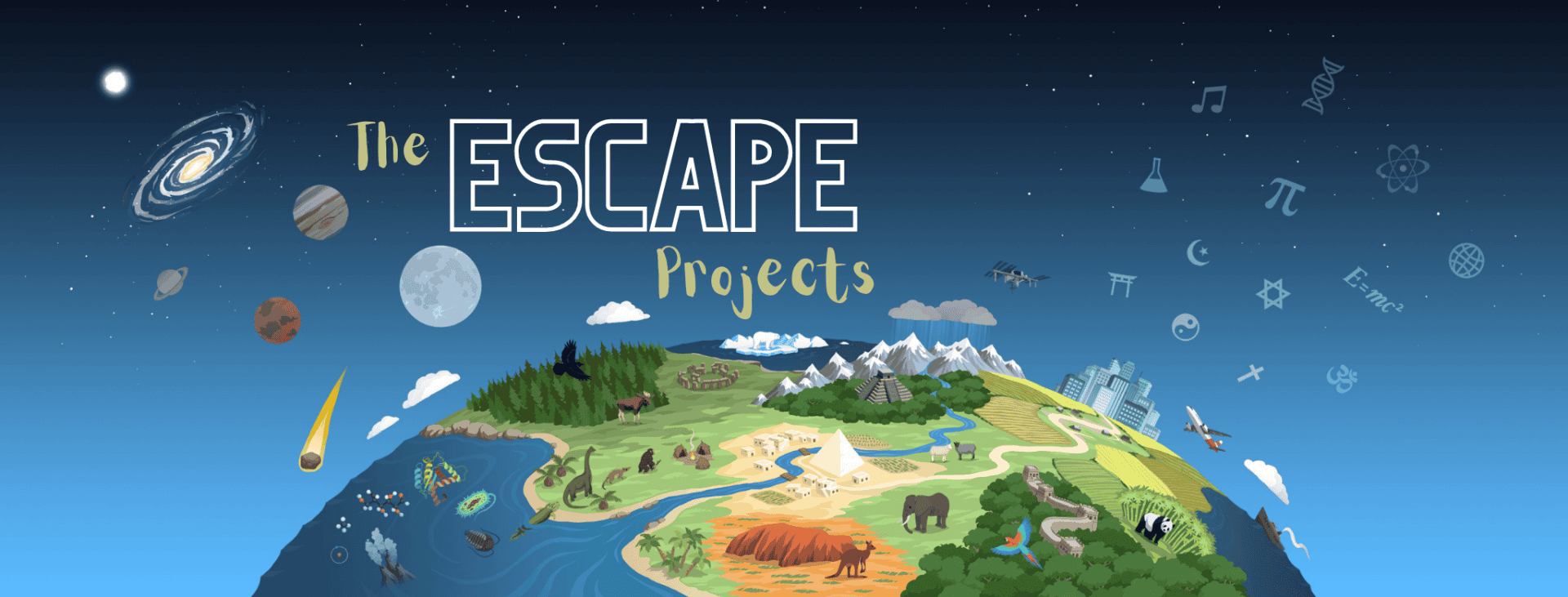Mission
An international curriculum comparison supports teachers in familiarizing themselves with their students’ prior learning (i.e.: academic strengths and subject-specific learning) as well as with their funds of knowledge (i.e.: linguistic identity, social and cultural backgrounds). This information is important in providing instruction differentiation needed to support students in achieving different curriculum expectations. It also provides an opportunity for teachers to partner with different communities, and support/engage families in their children’s learning.
By comparing different curricula, Escape Projects provides educators access to curriculum organization and content, language of instruction, pedagogical approaches and types of assessment from around the world. This information can be coupled with translanguaging strategies to differentiate instruction and to support students in building on their prior learning and funds of knowledge. Additionally, it promotes the creation of learning communities where the students become active participants in a reciprocal sharing of knowledge.
Big Ideas
Explore the “Big Ideas” diagram, which highlights benefits of learning about international curriculum comparisons for teachers! These comparisons can help educators uncover students’ unique funds of knowledge, like their linguistic identity, social, and cultural backgrounds; and understand their prior learning. This diagram illustrates how such information can enable teachers to personalize instruction, supporting students in achieving curriculum expectations; it also highlights the opportunities for teachers to draw on community support and engage families in their children’s learning journey.

Guiding Questions
The following are questions (‘What,’ ‘How,’ and ‘Why’) that guided our research and that educators can ask themselves to understand their students better and support them in achieving different learning goals.
What
- What prior academic strength/knowledge do students have in STEM subjects?
- What type of assessment have they been exposed to?
- What social/cultural format have they been taught?
- In which language have they been taught?
- What community resources are available to support students?
How
- How can we build on what our students have learned in the country of provenance?
- How have they been taught?
- How to engage parents and family in the learning process?
Why
- Why do a comparative analysis of the curriculum from the home and host country?
- Why integrate students’ prior knowledge?
- Why engage parents and family in the learning process?
Curricula of Different Countries
How do countries compare? Learn about curriculum organization and content, language of instruction, pedagogical approaches and types of assessment from around the world.
